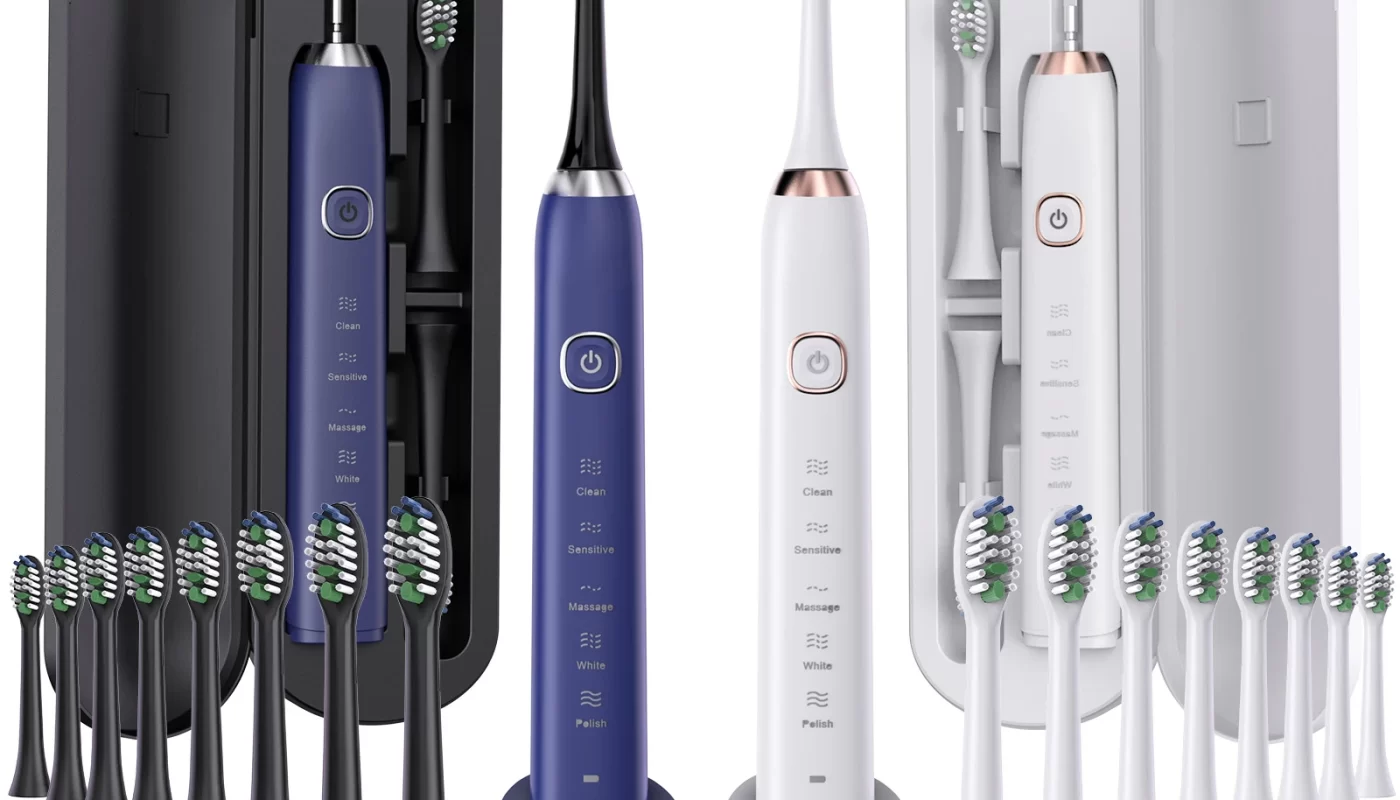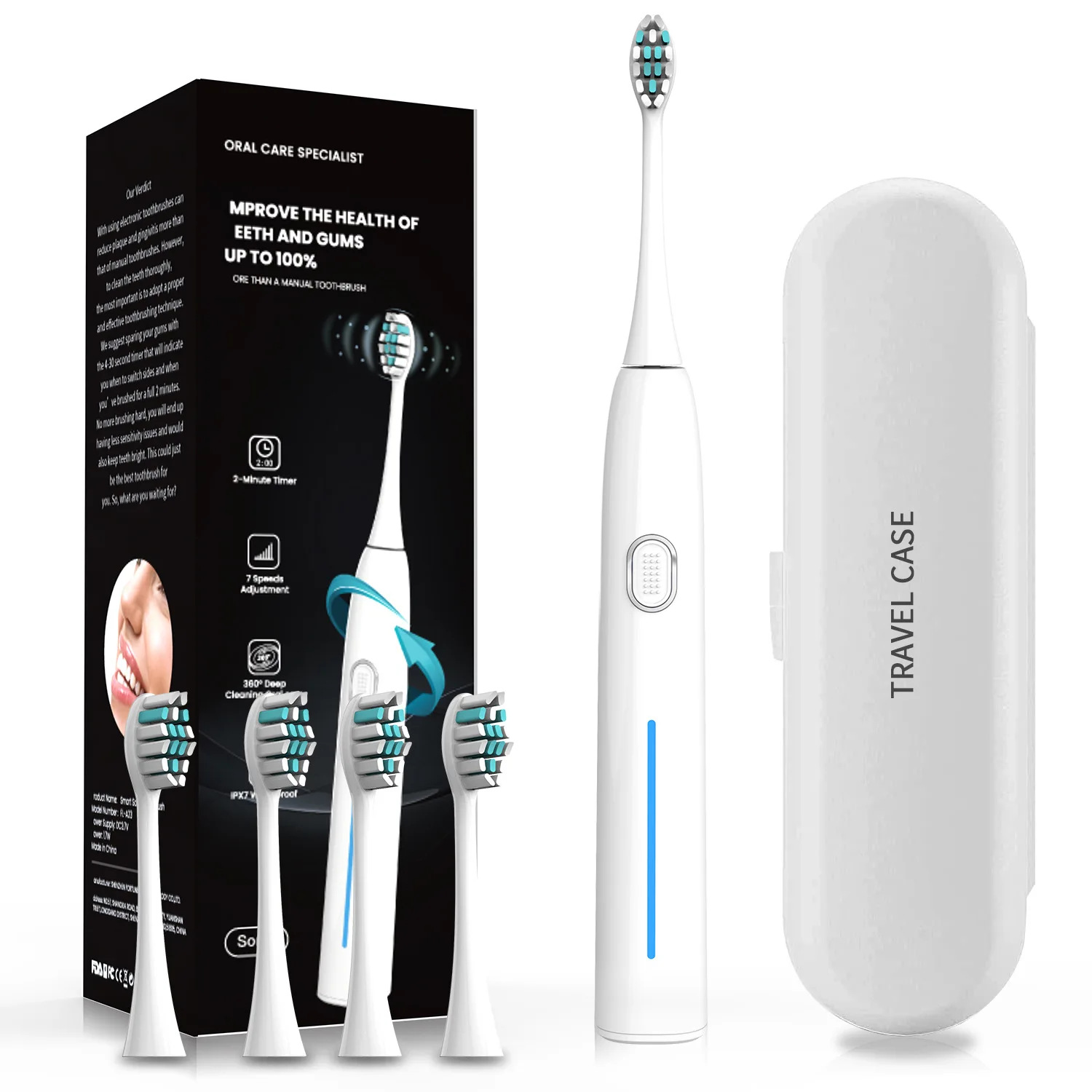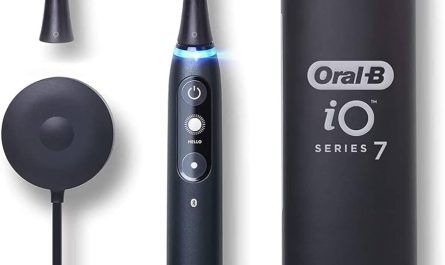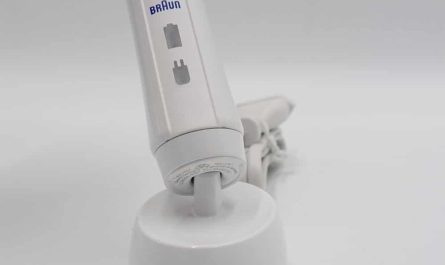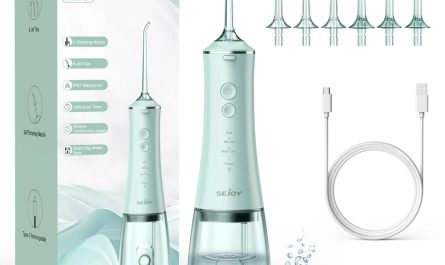The advent of electric toothbrush technology has transformed dental hygiene for many. However, while they offer several benefits, it is crucial to consider the drawbacks as well. This article delves deep into the cons of electric toothbrush, exploring various facets such as cost, maintenance, usability, and health implications, among others.
The Cost Factor of Electric Toothbrushes
When discussing the cons of electric toothbrush, one of the most significant drawbacks is their cost. While a manual toothbrush can be obtained for just a few dollars, electric toothbrushes can range from $20 to several hundred dollars, depending on the brand, features, and technology offered.
Initial Purchase Price
Electric toothbrushes usually have a higher initial purchase price. For families or individuals on a tight budget, this upfront cost can be a deterrent. Many consumers may find it challenging to justify the price, especially when manual toothbrushes can perform the basic task of cleaning teeth just as efficiently when used correctly.
Replacement Heads and Additional Accessories
Besides the initial expenditure, electric toothbrushes require regular replacement of brush heads, adding to ongoing costs. Replacement heads can cost anywhere from $5 to $20 each and may need to be changed every three months, similar to how often you would replace a manual toothbrush. For some, this cumulative cost can become a financial strain over time.
Hidden Costs
Some electric toothbrushes come with additional features, such as timers, pressure sensors, and Bluetooth connectivity to provide feedback on brushing habits. While these may enhance the brushing experience, they can also contribute to a higher price point. If components or technology begin to fail, users may be faced with expensive repairs or the need to purchase a new device.
Maintenance and Durability Issues
Another disadvantage of electric toothbrushes is the maintenance and durability concerns associated with them. Unlike manual toothbrushes, which require very little upkeep, electric models often need more attention.
Battery Life and Charging Requirements
Electric toothbrushes rely on batteries, either rechargeable or disposable. If you forget to charge your rechargeable toothbrush, you may find yourself unable to use it during a critical time, such as when you’re out of town. Disposable batteries may wear out without notice, causing inconveniences.
Risk of Damage
Electric toothbrushes are electronic devices that can be susceptible to malfunctions. If dropped or handled roughly, they may break, resulting in unexpected replacement costs. On the other hand, a dropped manual toothbrush, while not ideal, typically remains functional.
Cleaning and Care Instructions
Proper care is essential to ensuring an electric toothbrush can last effectively. Failure to clean the device correctly can lead to bacteria buildup, which can negate the benefits of using the toothbrush in the first place. This requires more diligence and understanding of proper cleaning techniques, especially as per the manufacturer’s guidelines.
Usability Challenges
Electric toothbrushes can present usability challenges that may not exist with manual ones. Here are some aspects where issues can arise.
Learning Curve
For first-time users, there may be a learning curve in adjusting to the vibrations and motions of an electric toothbrush. Some people may find it awkward, leading to ineffective brushing. Furthermore, novices might struggle with understanding the best way to angle an electric toothbrush for optimal cleaning.
Size and Portability
Size can also be an issue. Many electric toothbrushes are bulkier than manual ones, making them less travel-friendly. If you’re someone who travels frequently, packing a large electric toothbrush along with its charger might be inconvenient compared to simply tossing a lightweight manual toothbrush in your bag.
Dependence on Technology
Over time, users can develop a reliance on electric toothbrushes, which can make transitioning back to manual toothbrushes feel cumbersome. In situations where you don’t have access to your electric toothbrush—like while camping or traveling—using a manual toothbrush may feel ineffectual and unsatisfactory.
Efficacy Questions
While electric toothbrushes are often said to improve oral hygiene compared to manual options, there are some questions regarding their efficacy.
Consumer Perception
Many consumers mistakenly believe that more expensive electric toothbrushes automatically clean better than cheaper manual ones. However, studies have shown that using a manual toothbrush diligently can be just as effective as using an electric one. This can lead to a false sense of security regarding dental health if users believe that only electric options will guarantee better results.
Ineffectiveness in Improper Use
The effectiveness of an electric toothbrush largely depends on how it is used. If users don’t follow proper techniques—such as spending enough time brushing or focusing on all areas of their mouth—they may see little improvement, despite using a highly-rated electric model. Furthermore, excessive pressure, which can be a habit for some, can even damage oral health.
The Myth of ‘Better’ Technology
Lastly, there’s the question of whether advanced technology truly leads to better cleaning. Many electric toothbrushes come with features like pressure sensors and multiple modes (whitening, sensitive, etc.). While these might enhance user experience, they do not guarantee superior cleaning. Users must still prioritize consistency and thoroughness over relying solely on technology.
Environmental Considerations
Electric toothbrushes also have environmental implications that are worth discussing, particularly as sustainability becomes a more significant concern in today’s world.
Waste Generation
Electric toothbrushes typically generate more waste than manual brushes due to their electronic components and plastic replacement heads. After their life cycle is over, the disposal of these materials can contribute to landfill problems, especially since many of these components are not biodegradable.
Resource Intensive
The production of electric toothbrushes requires more resources than making a simple manual toothbrush. From the manufacturing of electronic components to the plastics involved, the environmental footprint of an electric toothbrush is significantly larger.
Limited Recycling Options
Many electric toothbrushes do not have established recycling programs, leaving consumers with limited options for responsible disposal. While some companies have initiated take-back programs, many still rely on users to find appropriate recycling avenues, which can often be inconvenient.
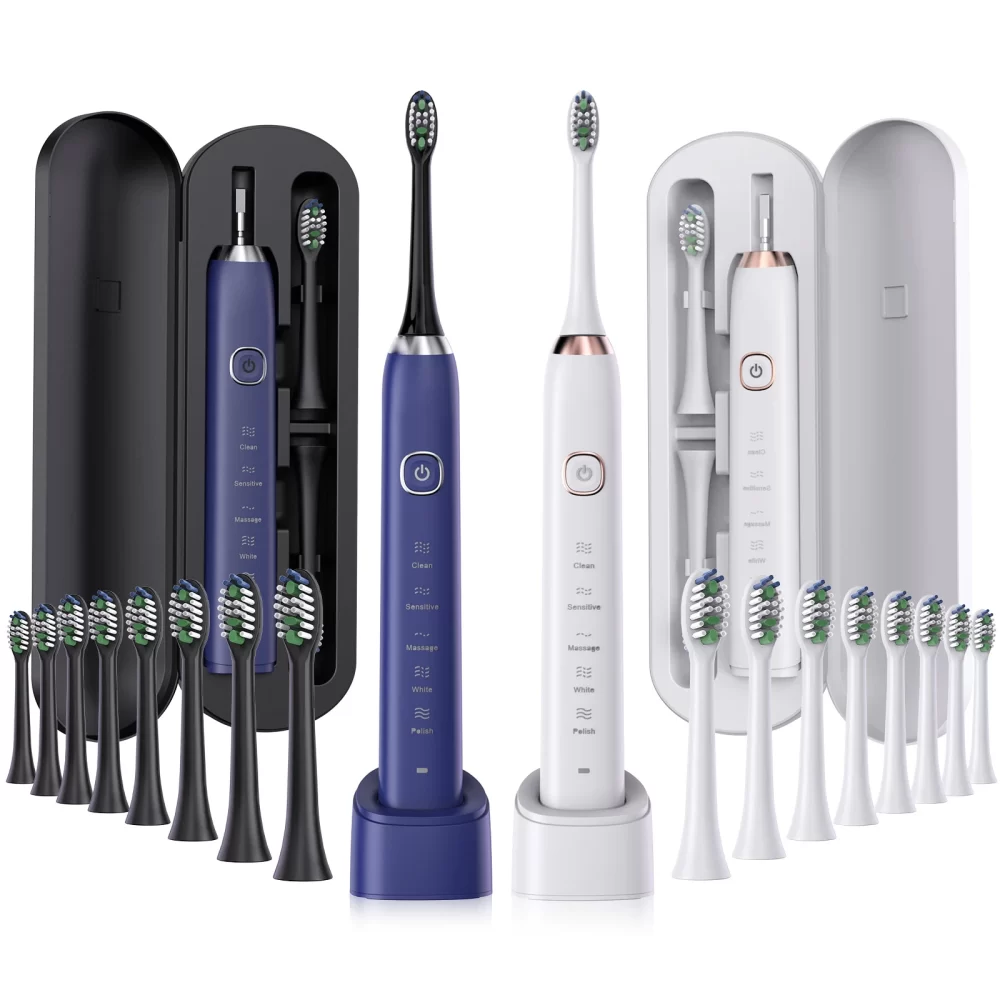 Health Considerations
Health Considerations
Finally, there are health-related cons of using electric toothbrushes that deserve attention. While many people switch to an electric toothbrush with the belief that it will enhance their dental hygiene, certain health implications may arise.
Potential for Over-brushing
One obvious concern is the risk of over-brushing. Electric toothbrushes often come with powerful motors and produce significant vibrations. If a user tends to brush too hard or for too long, it can lead to gum recession and enamel erosion. Many users might not realize they’re brushing too aggressively when using an electric toothbrush, as the vibrations can offer a false sense of effective cleaning.
Allergic Reactions to Materials
Some users may be allergic to materials used in electric toothbrushes, such as certain types of plastics or metals. Such reactions can cause discomfort or irritation in the mouth or gums. This is an issue often overlooked when selecting a toothbrush, leading to unforeseen complications.
Misleading Features
Some models come with features that claim to enhance health, like built-in UV sanitizers. However, the efficacy of these features is not universally accepted by dental professionals. Some researchers question whether these extra functionalities provide any real benefit, which could lead consumers to rely on them rather than focusing on core brushing techniques.
Conclusion
The electric toothbrush isn’t without its shared disadvantages. While it has become prevalent in modern oral care, it is essential to analyze the cons of electric toothbrushes, from cost and maintenance issues to usability challenges and potential health risks. Ultimately, whether an electric toothbrush is the right choice for an individual may depend on personal circumstances, brushing habits, and dental health needs. Awareness of the drawbacks can aid consumers in making more informed decisions regarding their dental hygiene routine. Choosing the right toothbrush—whether manual or electric—should prioritize what best fits an individual’s unique needs, ensuring optimal oral health is maintained.

